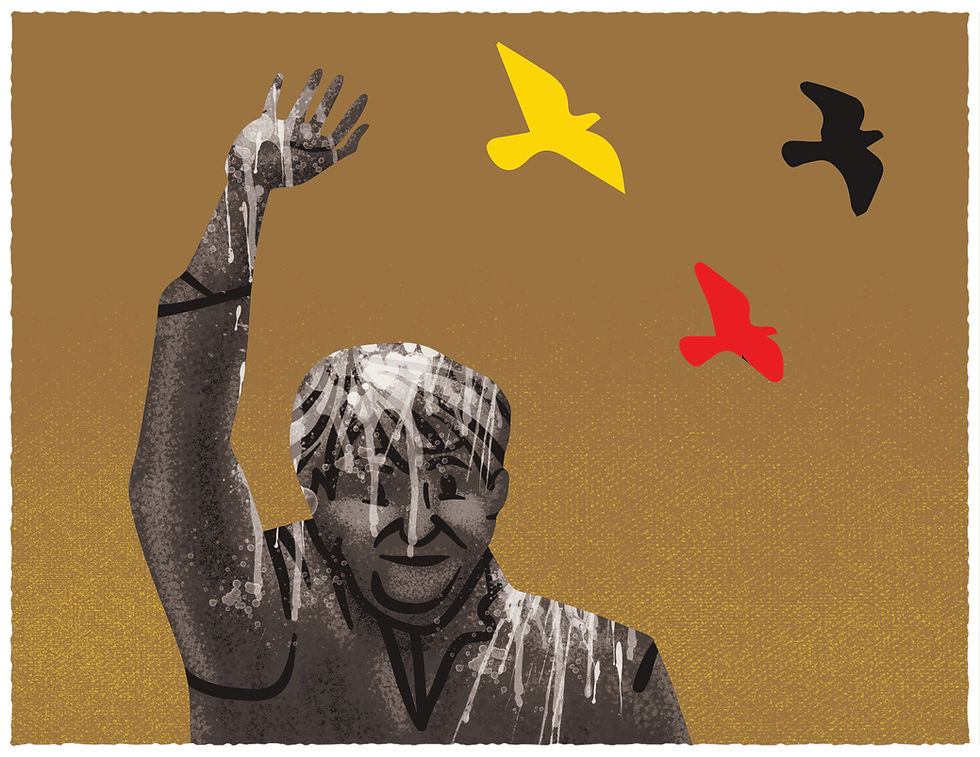The trapeze artists and inflation.
- Arca Análisis Económico
- 2 mar 2020
- 3 Min. de lectura

Highlights
One of the great frustrations of the Federal Reserve (FED) is that it has failed to meet the goal of maintaining inflation at levels close to 2 percent in recent years. That is why the FED Open Market Operations Committee (FOMC) is considering changing the inflationary indicator, replacing the Personal Consumption Expenditure Deflator or (PCED) with an indicator called Average Inflation Targeting (AIT), which generates a great challenge in its implementation
One of the great frustrations of the Federal Reserve (FED) is that it has failed to meet the goal of maintaining inflation at levels close to 2 percent in recent years. That is why the FED Open Market Operations Committee (FOMC) is considering changing the inflationary indicator, replacing the Personal Consumption Expenditure Deflator or (PCED) with an indicator called Average Inflation Targeting (AIT), which generates a great challenge in its implementation.
The logic behind the change, in the opinion of the majority of FOMC members, is to reduce the downward bias of long-term inflation induced by the 2 percent target set in 2012.
When the inflation of one period is less than 2 percent, the FED is not obliged to generate changes so the inflation of the following periods exceeds 2 percent and an average of the goal is achieved, so since the year 2012 average inflation has been well below 2 percent. Hence, the PCED is located at 5 percent below what its level should have been, if the average inflation would have been 2 percent.
For many readers, this concern of the FED seems somewhat esoteric and does not see a concrete connection with real-life problems, but it really does. To the extent that the inflationary goal is met, the possibility of falling into a deflationary cycle like those currently happening in Japan and the Eurozone is reduced.
Why do central banks fear deflation so much? Simply because in a deflationary scenario, people have a high propensity to defer consumption, which slows down the economy and forces companies to defer new investments, which could stimulate generation of new jobs. Furthermore, central banks do not have effective tools to get national economies out of deflationary cycles.
Other readers will wonder how a change in inflationary measure can help prevent a deflationary cycle. The proposed mechanism begins with committing the FED to reach an average long-term inflation of 2 percent. Given that since 2012 this average has been well below the required value, the FED should be forced to produce an inflationary level that exceeds the historical average by 1 percent in the next five years, to compensate for the years of lower performance in comparison with the goal.
The econometric models reviewed by the FED predict that an inflationary increase can be achieved in two stages. In the first stage, interest rates drop 50 basis points, which leads unemployment rate below the 2 percent level, as this unemployment rate is below the equilibrium level of the labor market, companies must raise wages to avoid losing employees.
In the second stage interest rates rise to reflect wage inflation, and they can reach levels of 4 percent for a short period, forcing inflation to reach an average of 2 percent in the long term. Wage inflation would push up the unemployment rate, restoring the balance.
Intuition suggests that the movements of the FED described in the previous paragraphs could generate a sudden paralysis of the economy. FOMC members would have to face the dilemma of applying an effective strategy but with high political costs due to economic paralysis, or let the wrinkle of low levels of inflation run, what could eventually lead the US to a deflationary cycle.
Before implementing the IAT, the FOMC must seek a sequence of decreases and rises in the rates of unemployment and interest that are potable for the financial markets.
In the short term, the FOMC will resemble the trapeze artists of Cirque du Soleil, who looks at the proposed chorography for the next show, wondering if it will be possible to execute it in public and without safety nets.









Comentarios